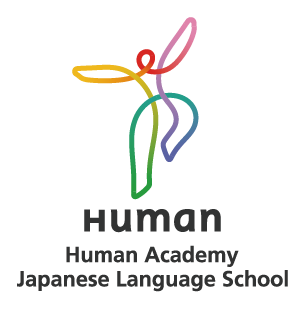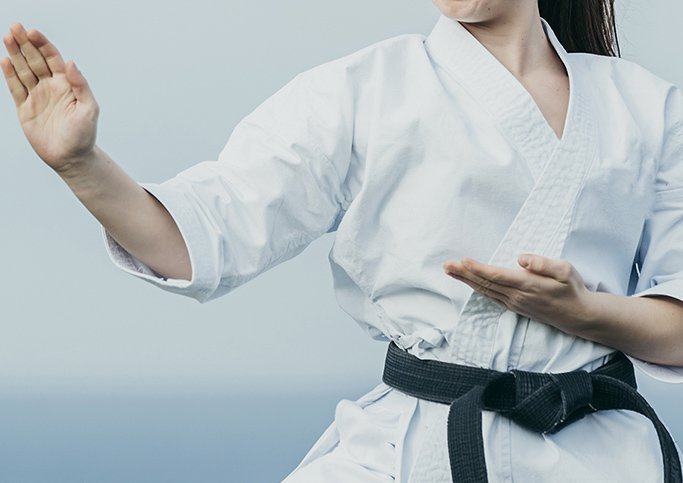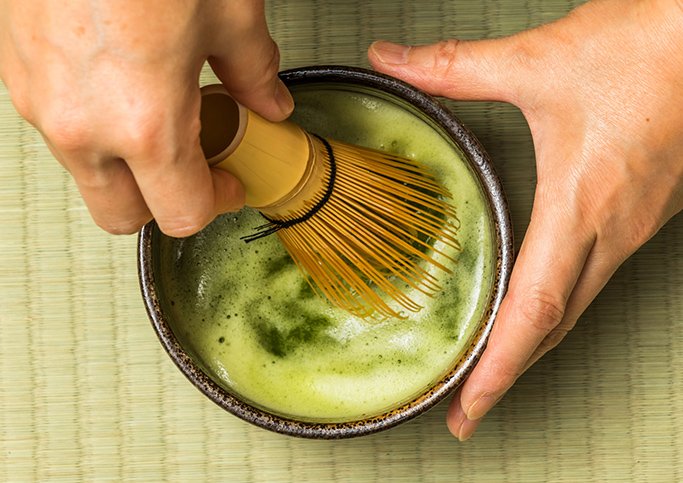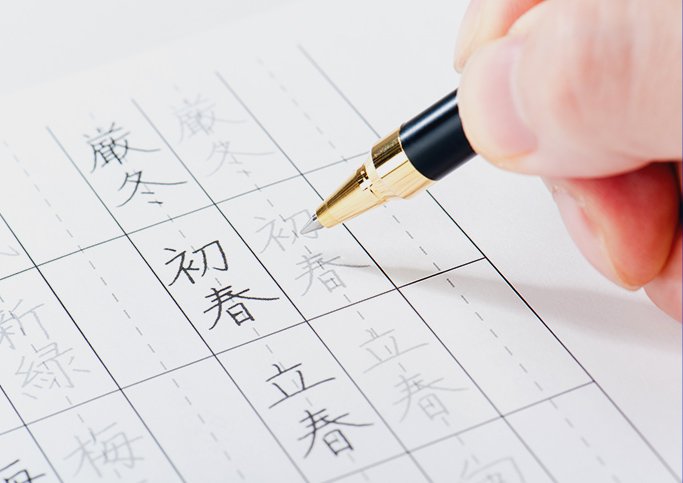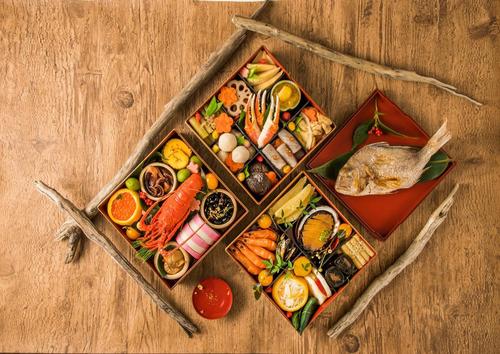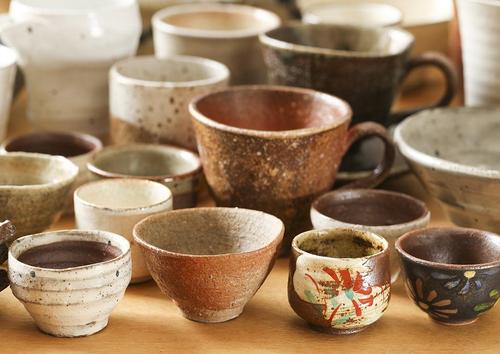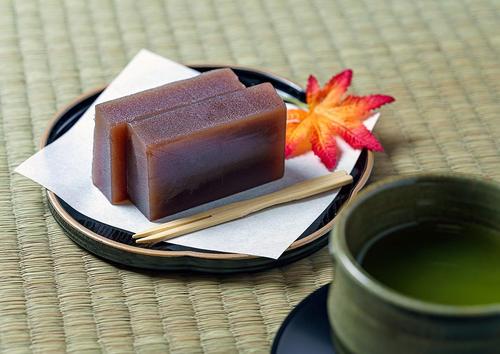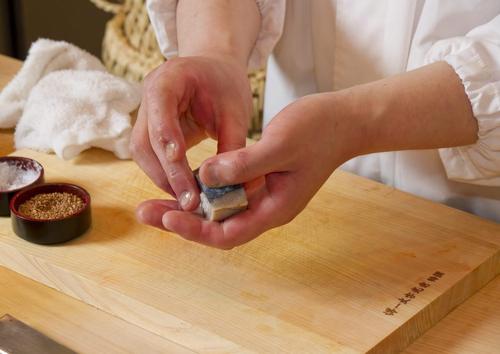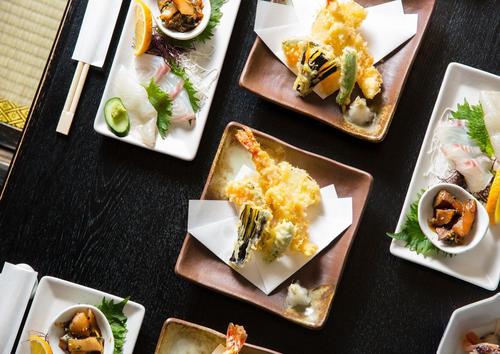A Japanese food that has been registered as a UNESCO Intangible Cultural Heritage and is popular overseas as a "healthy seafood".
Do you know how the Japanese food we eat on a daily basis was born?
When talking to foreigners, you may hear about Japanese food.
You may not think too deeply when you are in Japan, but by deepening your understanding of Japanese food culture and expanding your correct knowledge and culture about Japanese food, you will be able to broaden your range of communication with foreigners. ..
Here, we will explain the history of Japanese food while tracing the history and times of Japan under the theme of "Japanese food".
Jomon Period

It is believed that the Japanese used to feed on large beasts such as mammoths and Irish elk when the temperature was still low and it was difficult to secure plant food due to the effects of the ice age.
As global warming progressed and the sea level rose, the growth of plants changed, and nuts such as acorns became edible.
Introducing a cooking utensil called earthenware
Tools are born when the food supply is stable and there is time to spare.
Earthenware was made, cooking by heating changed people's tastes, the range of foods that could be eaten expanded dramatically, and the concept of food preservation was born.
In addition, there is a shell mound where shellfish that have been eaten are piled up at the Jomon site, and it is known that abundant shellfish were cooked with earthenware and eaten.
It seems that the Jomon people had already tasted the umami of the shellfish by heating.
[If you read the article, may you know the meaning of this KARUTA? ]
Rice cultivation also started
It is believed that farming began in the latter part of the Jomon period, and rice cultivation in paddy fields also began in some areas.
However, it seems that rice was positioned to make up for the shortage in hunting.
Yayoi Period

Paddy rice cultivation will develop, and the food culture of eating side dishes with rice as the staple food will begin in earnest.
The side dishes at that time, which are inferred from the remains of the Yayoi period, were shellfish, fish, birds and beasts, wild plants and mushrooms, and it seems that they also ate fruits such as peaches and persimmons.
From around this time, the fact that he had eaten raw fish, that is, sashimi, remains in the Chinese history book "Wei Zhi Yajinden."
Asuka / Nara period
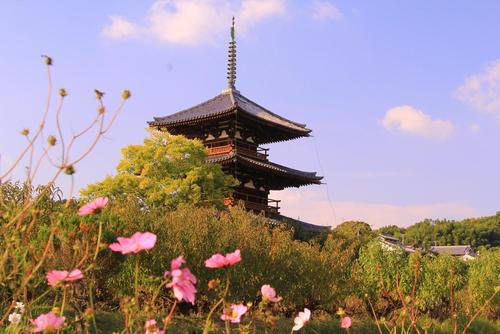
In 675, Emperor Tenmu promulgated the "Carnivorous Ban", which continued until 1871 (Meiji 4), about 1,200 years later.
This long-standing banned food culture of about 1,200 years will create an exceptionally healthy food culture in the world, with animal protein coming from fish and vegetable protein coming from soybeans and rice.
In addition, we made up for the unsatisfactory aspects of fish and vegetable ingredients with a device called "dashi", which greatly contributed to the development of Japanese food culture.
It seems that the commitment to the beauty of the food has become stronger around this time.
Heian period
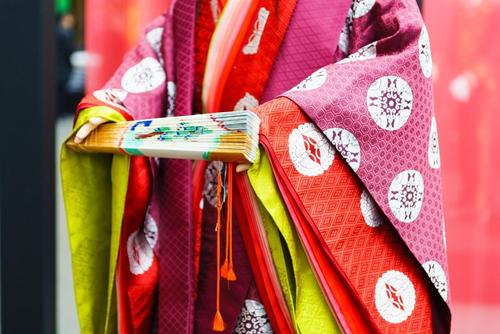
Around the time when the aristocratic culture was brilliant, the "Daikiyo cuisine", a cooking style in which the public houses entertained guests, developed.
This is a style that is heavily influenced by Chinese food culture.
Kamakura Period
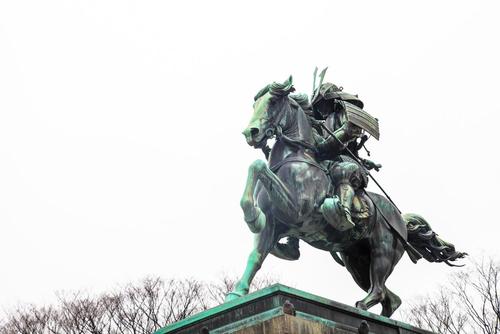
Minamoto no Yoritomo, who opened the Kamakura Shogunate, hated the luxury seen by the aristocrats of the Kuge family, so the era of "frugality" was changed from the Heian period.
It was during this period that Zen Buddhism was introduced and priests spread shōjin ryō using only plant-based ingredients.
Muromachi / Sengoku / Azuchi-Momoyama period

In the Muromachi period, "Honzen-ryori", a style in which samurai entertain guests, appeared. This was a very strict practice.
The Great Chinese cuisine of the Heian period was largely influenced by China, but Honzen-ryori can be said to be the completed form of Japanese-style ritual cuisine.
The use of dashi stock made with kelp and dried bonito has begun, and the cuisine will become even more profound.
During the Azuchi-Momoyama period, Sen no Rikyu established the tea ceremony, where kaiseki cuisine was born.
The spirit of enjoying cooking before enjoying tea, without being bound by the manners of Honzen-ryori, led to the birth of kaiseki cuisine.
Edo Period
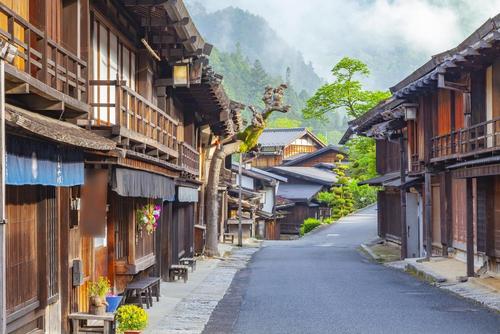
With the nationwide distribution network in place, food becomes easier to obtain, and restaurants that enjoy eating and drinking will appear and develop.
It was also during the Edo period that kaiseki cuisine, which was born in Sen no Rikyu's tea ceremony, was replaced by kaiseki cuisine, where you can enjoy sake and food by separating the tea ceremony.
In addition, the knowledge and skills related to cooking that were passed down only to some privileged classes were made public, and many books on cooking were published.
The habit of eating three meals a day, which is seen in modern times, is established in this era.
Soba, tempura, eel, and nigiri sushi, which are still very popular dishes, were very popular and took root in this era.
Meiji / Taisho / Showa period
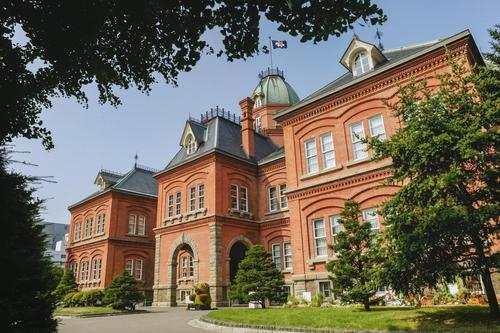
What is the history of Japanese food after the end of the Edo period?
Popularization of Western cuisine
From the end of the Edo period to the Meiji Restoration, Western restaurants appeared mainly in port towns, and meat eating resumed in earnest. During the civilization period, there was a trend that could be called a Western boom, and dishes such as beef pot and sukiyaki are popular.
From the end of the Meiji era, vegetables of Western origin began to line up at the storefront of greengrocers, and the westernization of eating habits progressed.
In the Taisho era, office workers appeared, and curry, croquette, and pork cutlet, which are very popular even in modern times, are popular around them.
A major feature of both beef sukiyaki and the three western foods is that they accept the food culture that has flowed in from overseas as Japanese food.
Sophisticated Japanese and Western eclectic dishes based on these Japanese dishes will make great progress during this period.
[Do you care about Japan? Would you like to learn Japanese together? ]
Development of home appliances and transportation, new development
In the trend of "luxury is an enemy" during World War II, there is a serious food shortage, and the Japanese food culture will decline once.
During the high-growth period of the 1955's, low-temperature transportation and refrigerators became widespread, and not only fresh meat, fish and vegetables, but also processed meat products and dairy products became available at once.
Gas has become widespread, and cooking that requires thermal power has become widespread.
In the Showa era, instant foods, family restaurants, and convenience stores appeared, and Japanese food showed new developments and continues to this day.
Heisei era

Japanese food has attracted worldwide attention, and in 2013, "Japanese food; Japanese traditional food culture" was registered as a UNESCO Intangible Cultural Heritage.
Summary
Looking back on the history of Japanese food, it is clear that it was developed by the ban on meat eating.
By composing food with ingredients other than meat, a very healthy Japanese food culture has blossomed even in the world.
In addition, it can be said that the major feature of Japanese food culture is that it has a Japanese taste, even when incorporating foreign food.
Japanese food that Japan is proud of, which has been registered as an intangible cultural heritage of UNESCO. Let's fully understand the development and history of Japanese food.
This article is a partial re-edit of the article published in Nihongo Biyori by KARUTA.
Unauthorized reproduction or use of the contents, text, images, illustrations, etc. of this site is strictly prohibited.
Mini Lesson Corner
Let's learn about Japan and Japanese!
Theme: Cooking!
CATEGORIES
FEATURED TAGS
RECOMMENDATION
-
 報BUSINESS TERMS
報BUSINESS TERMSWhat is ”Ho-Ren-So”, one of the basic manners when working in Japan?
10/30/2020
-
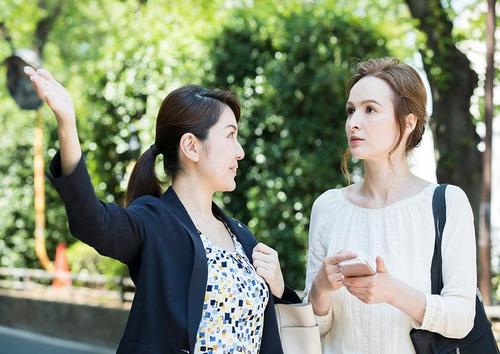 伝WORDS & GRAMMAR
伝WORDS & GRAMMARWhat is easy Japanese?
10/30/2020
-
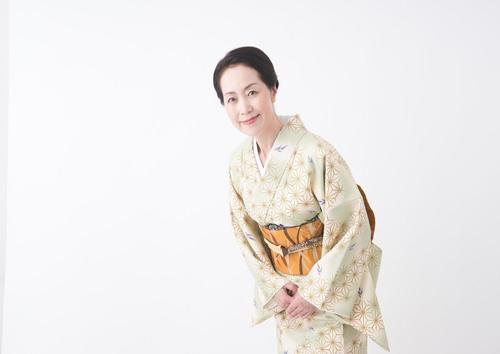 礼MANNERS
礼MANNERSJapanese greeting customs and origins. What are the greetings from other countries?
10/30/2020
-
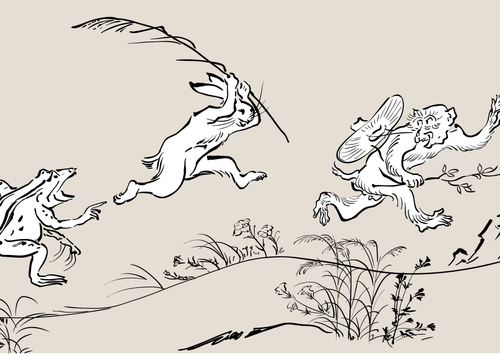 戯COMIC & GAME
戯COMIC & GAMEThe roots of animation and manga? Introducing bird and beast caricatures
10/30/2020
-
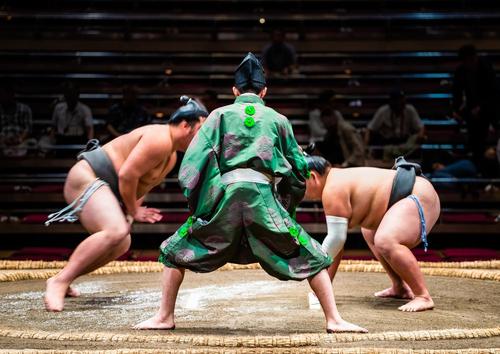 戦SPORTS
戦SPORTSThe history of sumo goes back to the mythical world! ?? Transition from myth to modern times
10/30/2020
LET’S PLAY
KARUTA!
Do you know the meaning of this...
NEXT...
FURTHER EXPLORATION
INTERESTED
IN JAPAN?
WHY DON’T YOU
LEARN JAPANESE WITH US?
START LEARNING
JAPANESE
WITH HUMAN ACADEMY!
ONE OF
THE MOST POPULAR
JAPANESE
LANGUAGE SCHOOLS
JAPANESE
LANGUAGE SCHOOL
OFFERING EXCELLENT
DETAILED LESSONS

ONLINE SCHOOL
- Learn with your classmates from all over the world
- Variety of Courses for All Needs
- FREE Trial Lesson available

TOKYO, OSAKA
- Offer the Best Curriculum for You
- Make New Japanese Learning Friends
- Many Opportunities to Practice Japanese
MAKE FURTHER
STEPS
WITH HUMAN ACADEMY!
ONE OF
THE MOST POPULAR
JAPANESE
LANGUAGE SCHOOLS
JAPANESE
LANGUAGE SCHOOL
PRODUCING MANY
JLPT N1 CERTIFIED
STUDENTS!

ONLINE SCHOOL
- Learn with your classmates from all over the world
- Variety of Courses for All Needs
- FREE Trial Lesson available

TOKYO, OSAKA
- Support Your Higher Goal of Japanese Learning
- Perfect Environment for Japanese Learners
- Learn with Your New Japanese Study Mates


